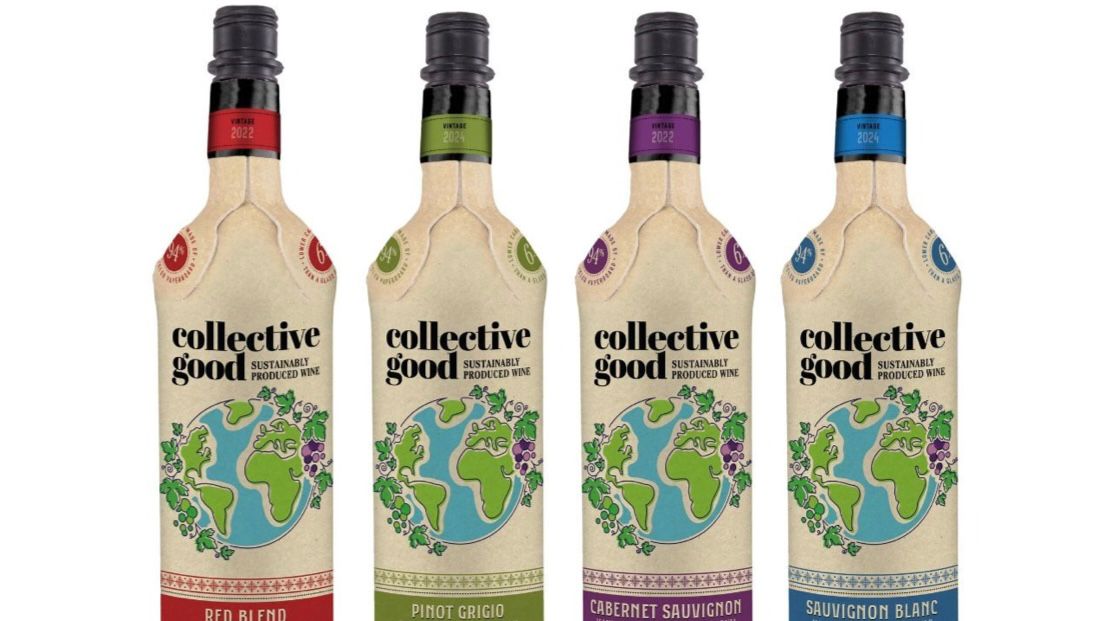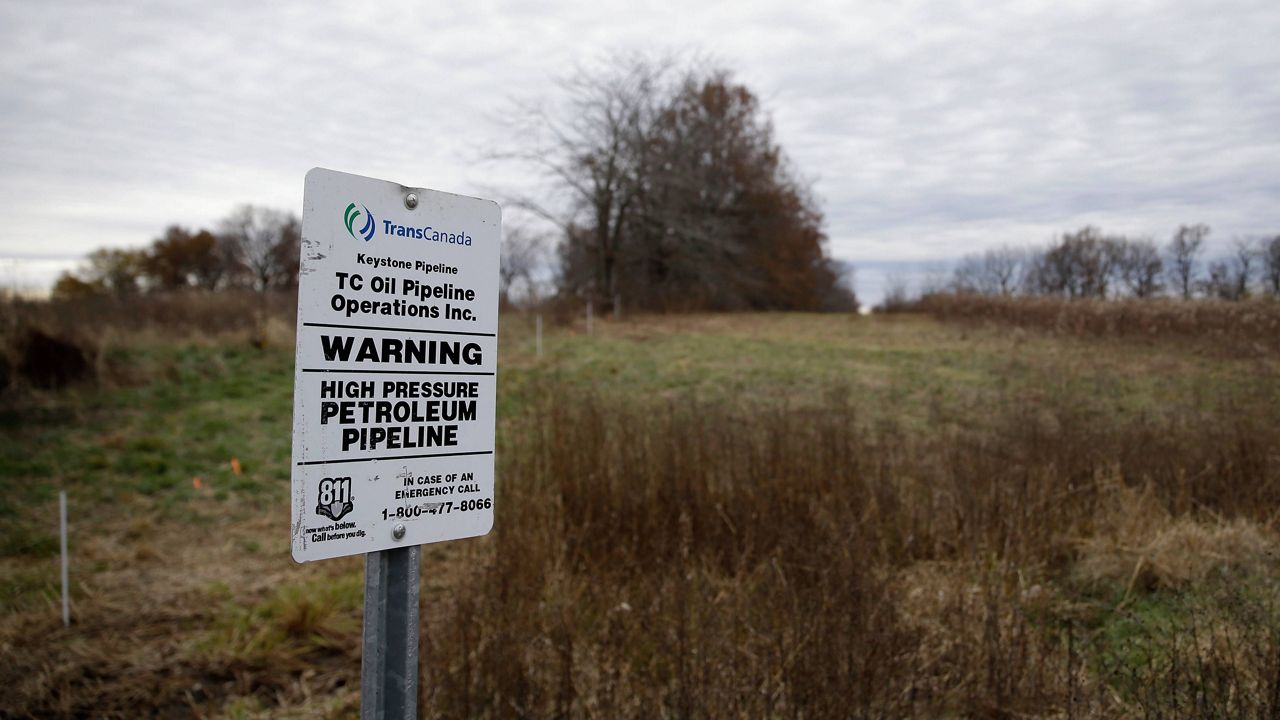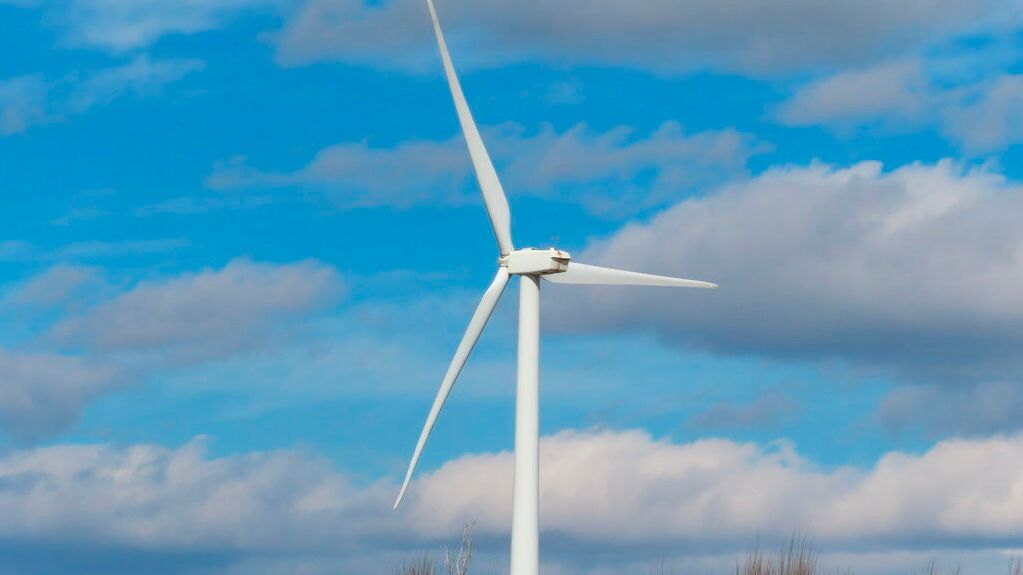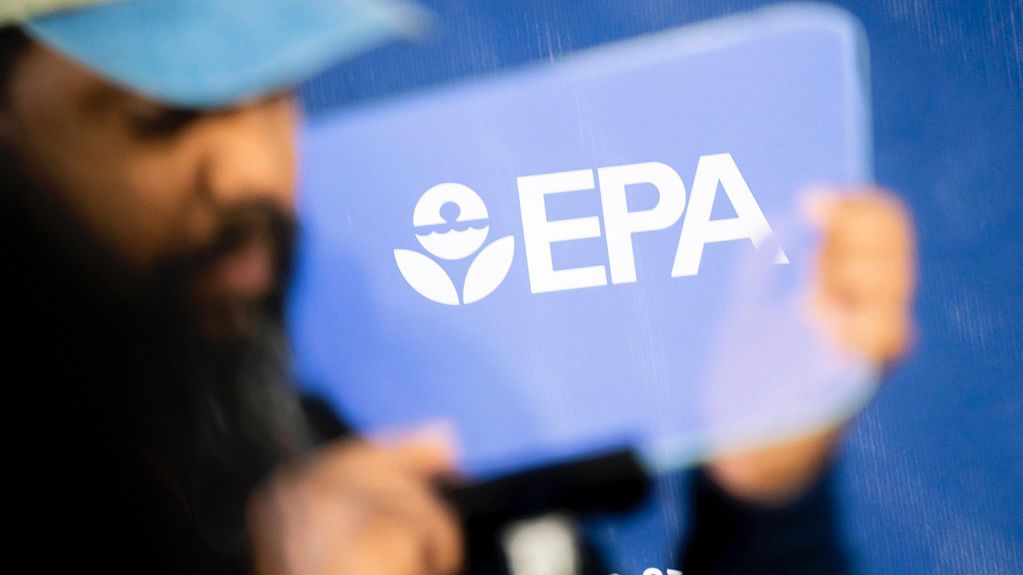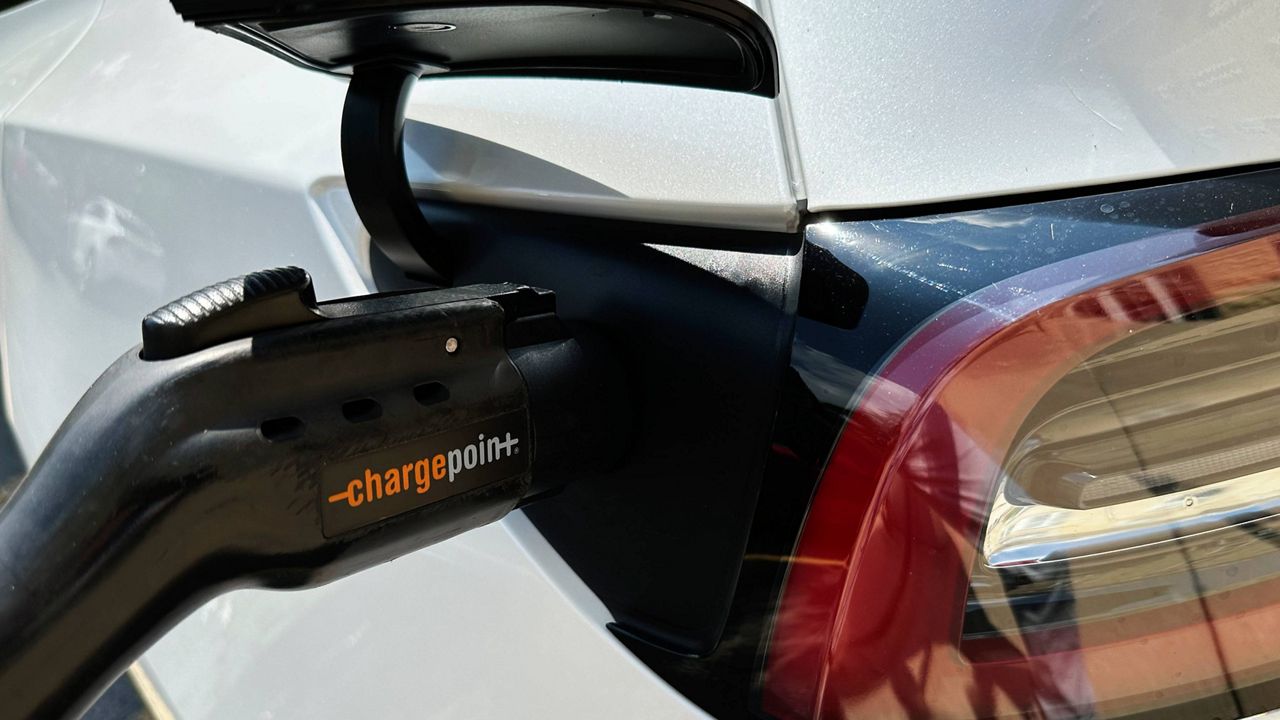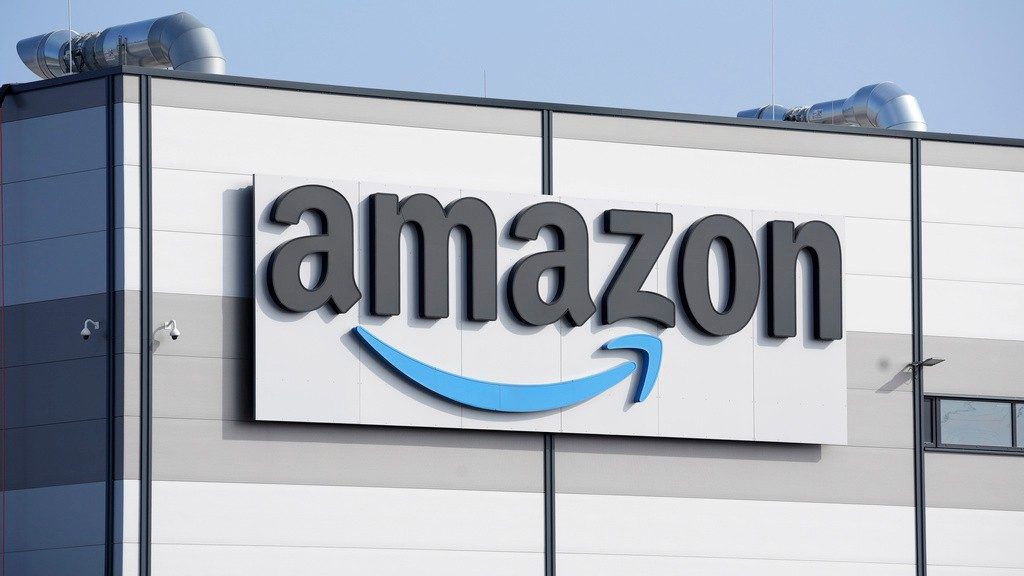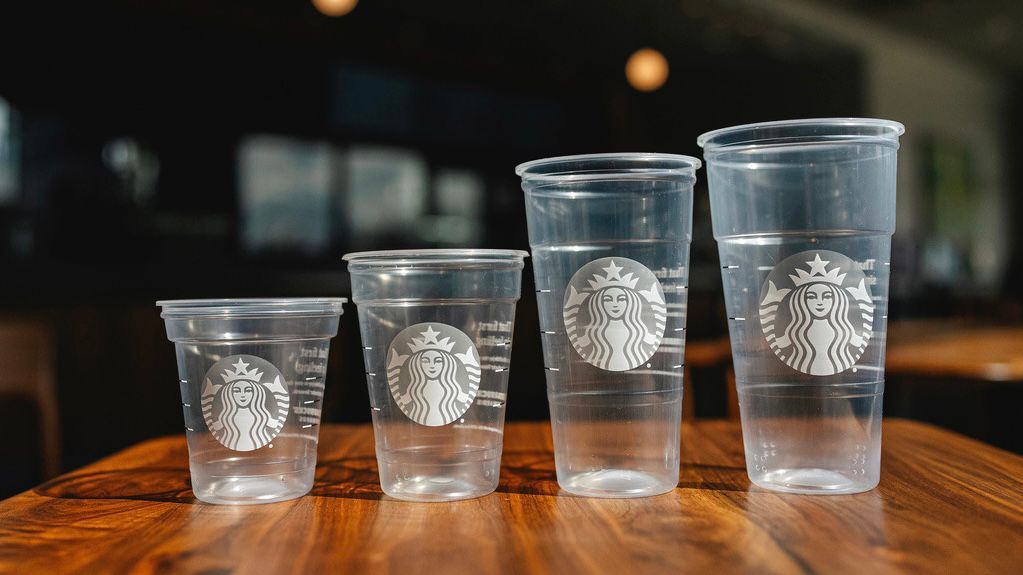In a move that’s likely to make wine enthusiasts do a double take, Target has started selling pinot grigio, cabernet sauvignon and other varieties in paper bottles.
To celebrate Earth Month, the country’s seventh largest retailer is the first major supermarket chain to carry wines packaged in so-called "Frugal Bottles" that are five times lighter than glass.
Designed by the British packaging company Frugalpac, the bottles are made from 94% recycled paperboard and fitted with a food-grade pouch that holds the wine. Target says the bottles are produced and disposed of with six times less carbon and energy.
On sale at 1,200 locations starting Thursday, the wines sold through Target’s Collective Good brand retail for $9.99. Four types of wine are available: a red blend, a sauvignon blanc, a cabernet sauvignon and a pinot grigio.
The wines are a collaboration between Latitude Wines — a wine and spirits import and logistics company based in Danville, California — and Monterey Wine Company — a wine producer on California’s central coast that has its own Frugal Bottle machine and fills the bottles on site.
All of the wines sold in the paper bottles were grown on sustainable vineyards, Target said. The California winery is powered with a wind turbine, and its winery in Chile is powered with solar.
Target’s order of 256,000 Collective Good Bottles will save the equivalent of about 98.3 tons of carbon dioxide, according to a life cycle analysis conducted by the British product testing and certification company Intertek.
The recycled paperboard bottle uses four times less water than one made from glass and can be recycled by removing the plastic pouch from its core. The plastic pouch is made from the same material as boxed wines.


